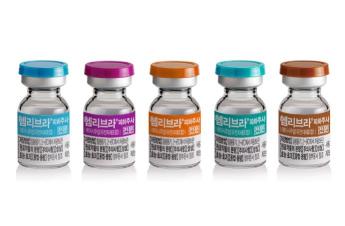Check for damage to placenta and adverse effects on fetuses when exposed to ultra fine dust
Jun 17, 2025
|
Professor Kim Young-joo of obstetrics and gynecology at Ewha Womans University Mokdong Hospital recently published his research results in the international journal 'Reproductive Toxicology' on 'Impact of Particulate Matter 2.5 on Placenta Microstructure including mitochondrial damage through oxidative stress'.
The research team analyzed placenta tissue by classifying about 900 pregnant women into high-exposure groups (15㎍/㎥ greater than 15㎍/㎥) and low-exposure groups (15이하// or less) according to the level of exposure to PM2.5 during pregnancy.
As a result of detailed analysis using a transmission electron microscope, severe structural changes were found in the chorionic cell region of the placenta in the high-exposure group. In particular, damage such as ▲ loss of microvillaries and shortening ▲ increase in underlying film thickness ▲ formation of fear ▲ vesicle expansion was confirmed.
It is noteworthy that damage was also confirmed in mitochondria in fetal capillaries. In the high-exposure group, the double membrane structure of mitochondria and the destruction of cristae were observed.
In addition, analysis of oxidative stress indicators in the blood confirmed increased levels of malondialdehyde (MDA) and superoxide dismutase 2 (SOD2) in the high-exposure group. This suggests that oxidative stress caused by fine dust is a major mechanism for placental damage.
The results of this study show that exposure to fine dust during pregnancy does not just affect the respiratory tract, but can directly adversely affect fetal development through functional damage to the placenta.
Professor Kim Young-joo, the head of the study, said "I confirmed with an electron microscope that fine dust actually damages the microstructure of the placenta."Pregnant women should refrain from going out on days with high levels of fine dust and pay special attention to indoor air quality management.
He then said "This study is attracting international attention and is expected to provide an important scientific basis for strengthening fine dust standards and establishing related policies to protect the health of pregnant women."," he added.
On the other hand, this study was conducted as part of a cohort study 'APPO (Air Pollution on Pregnant Outcome)' that analyzes the effect of air pollution on pregnancy outcomes, and is evaluated as a study that directly observed changes in the ultra-fine structure of the placenta through an electron microscope.
In addition to the APPO cohort study on pregnant women and air pollution, Professor Kim Young-joo produced and processed convergence data combining clinical data on pregnant women and air Korea environmental data for three years from 2022 to 2024, and carried out the project to build and upgrade the first big data for pregnant women infectious diseases in Korea.
|
This article was translated by Naver AI translator.















